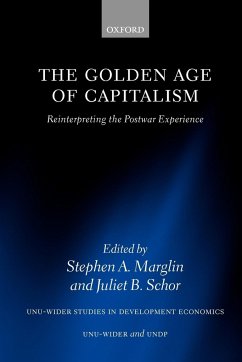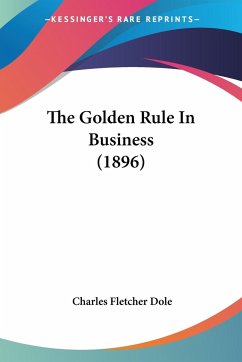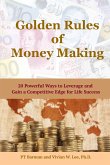making and unmaking of this 'golden age', questions the basis of much present policy-making, and suggests alternative directions for policy.
The period after World War Two, with its sustained growth and high employment rate, has been referred to as the "golden age" of capitalism. Blending historical analysis with economic theory, this work presents essays that scrutinize the institutions that fostered this growth and high employment as well as the forces which later undermined the effectiveness of these institutions in the 1960s and 70s. The authors discuss the evolution of the historical background, the macroeconomic structure, the international order, the systems of production, as well as the "rules of coordination." They use this to show that the golden age, like other historical epochs, must be understood as a series of interacting institutions--all operating in different areas, but sometimes interlocking with one another and crucial to an intelligent analysis of a critical period in the American experience. Contributors include A. Glyn, A. Hughes, A. Lipietz, A. Singh, G. Epstein, J. Schor, S. Marglin, A. Bhaduri, S. Bowles, R. Boyer, R. Rowthorn, and M. Aoki.
The period after World War Two, with its sustained growth and high employment rate, has been referred to as the "golden age" of capitalism. Blending historical analysis with economic theory, this work presents essays that scrutinize the institutions that fostered this growth and high employment as well as the forces which later undermined the effectiveness of these institutions in the 1960s and 70s. The authors discuss the evolution of the historical background, the macroeconomic structure, the international order, the systems of production, as well as the "rules of coordination." They use this to show that the golden age, like other historical epochs, must be understood as a series of interacting institutions--all operating in different areas, but sometimes interlocking with one another and crucial to an intelligent analysis of a critical period in the American experience. Contributors include A. Glyn, A. Hughes, A. Lipietz, A. Singh, G. Epstein, J. Schor, S. Marglin, A. Bhaduri, S. Bowles, R. Boyer, R. Rowthorn, and M. Aoki.








